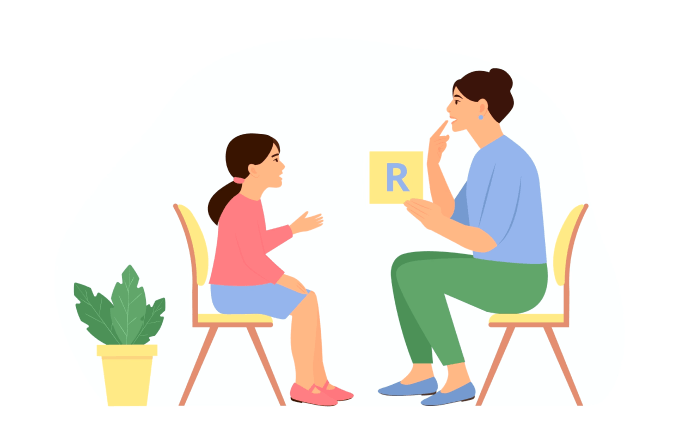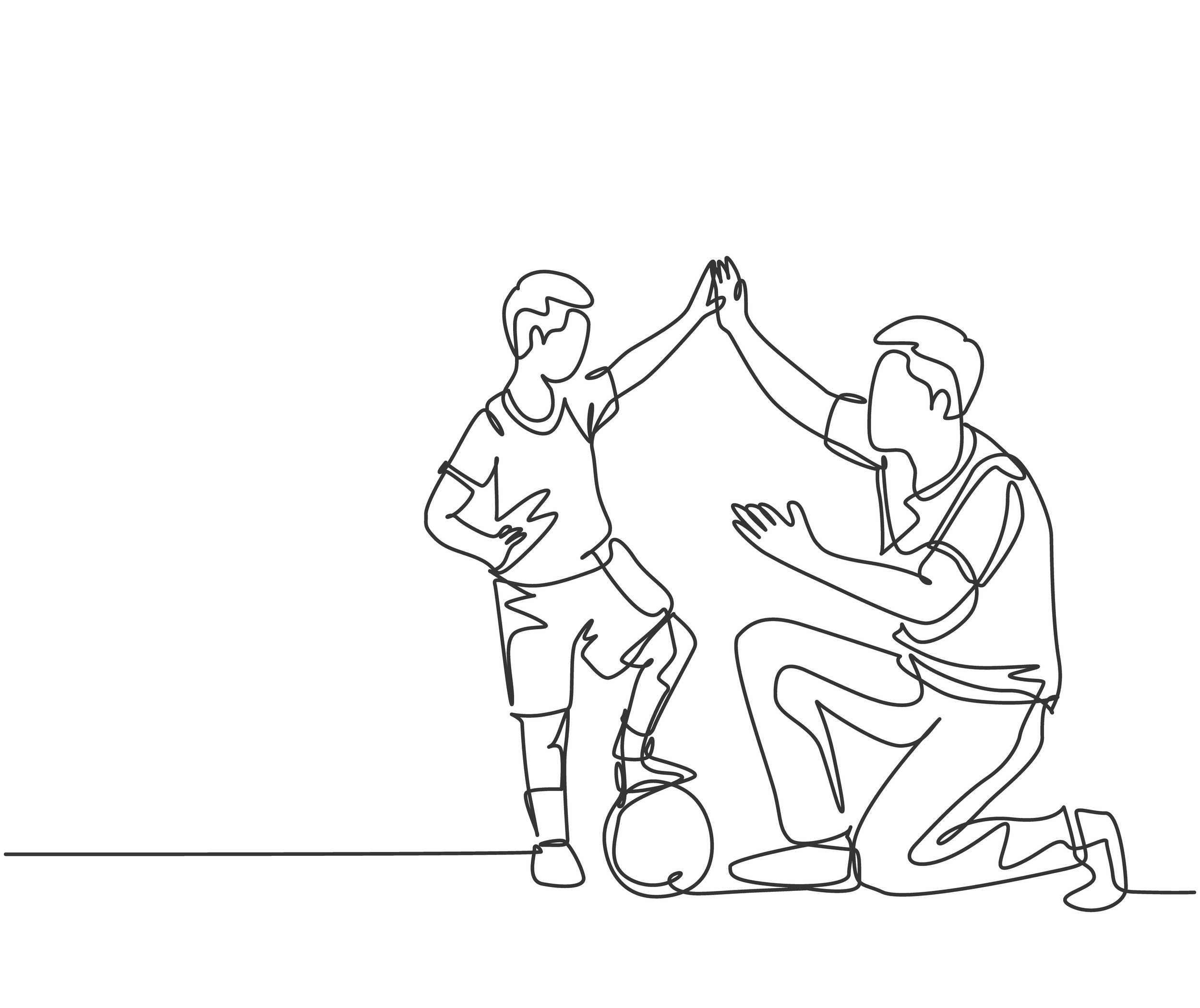
Consistent engagement is crucial in overcoming speech disorders, as it helps to build the right speech habits in toddlers, children, and adults alike. Pediatric therapy often includes one-on-one sessions that concentrate on correcting frequently mispronounced, interjected, or blocked sounds and words, targeting the child’s specific speech challenges effectively. Engaging with the strategies recommended by the speech-language pathologist (SLP) outside of therapy sessions is highly beneficial. The more practice devoted to these techniques, the greater the likelihood of overcoming the speech disorder. In the long run, successfully addressing a speech disorder can lead to reduced feelings of embarrassment and frustration, along with a notable boost in a child’s confidence. This improvement in communication skills can significantly enhance interactions with peers and have a positive effect on both their personal and future professional life.

-
 The evaluation process typically begins with an initial consultation, where the therapist gathers vital information regarding the child’s developmental history, family dynamics, and specific communication concerns. This discussion often involves engaging with parents and caregivers to obtain a clearer picture of the child’s language exposure, social interactions, and any observed difficulties. This discussion likely includes details about their developmental milestones. Questions may address the child's health history, birth history, and any family history of language disorders.
The evaluation process typically begins with an initial consultation, where the therapist gathers vital information regarding the child’s developmental history, family dynamics, and specific communication concerns. This discussion often involves engaging with parents and caregivers to obtain a clearer picture of the child’s language exposure, social interactions, and any observed difficulties. This discussion likely includes details about their developmental milestones. Questions may address the child's health history, birth history, and any family history of language disorders.
-
 To gain a deeper understanding of a toddler's communication skills, some speech therapists may prefer to observe the child in their everyday surroundings. The speech therapist may assess natural communication dynamics by watching how the child engages with their peers, interacts with their parent or caregiver, and potentially with siblings if they are available.
To gain a deeper understanding of a toddler's communication skills, some speech therapists may prefer to observe the child in their everyday surroundings. The speech therapist may assess natural communication dynamics by watching how the child engages with their peers, interacts with their parent or caregiver, and potentially with siblings if they are available.
-
 If the speech therapist identifies any concerns, they may move forward with a formal assessment that adheres to established norms.
If the speech therapist identifies any concerns, they may move forward with a formal assessment that adheres to established norms.














 Speech Therapy
Speech Therapy Physical Therapy
Physical Therapy Occupational Therapy
Occupational Therapy

